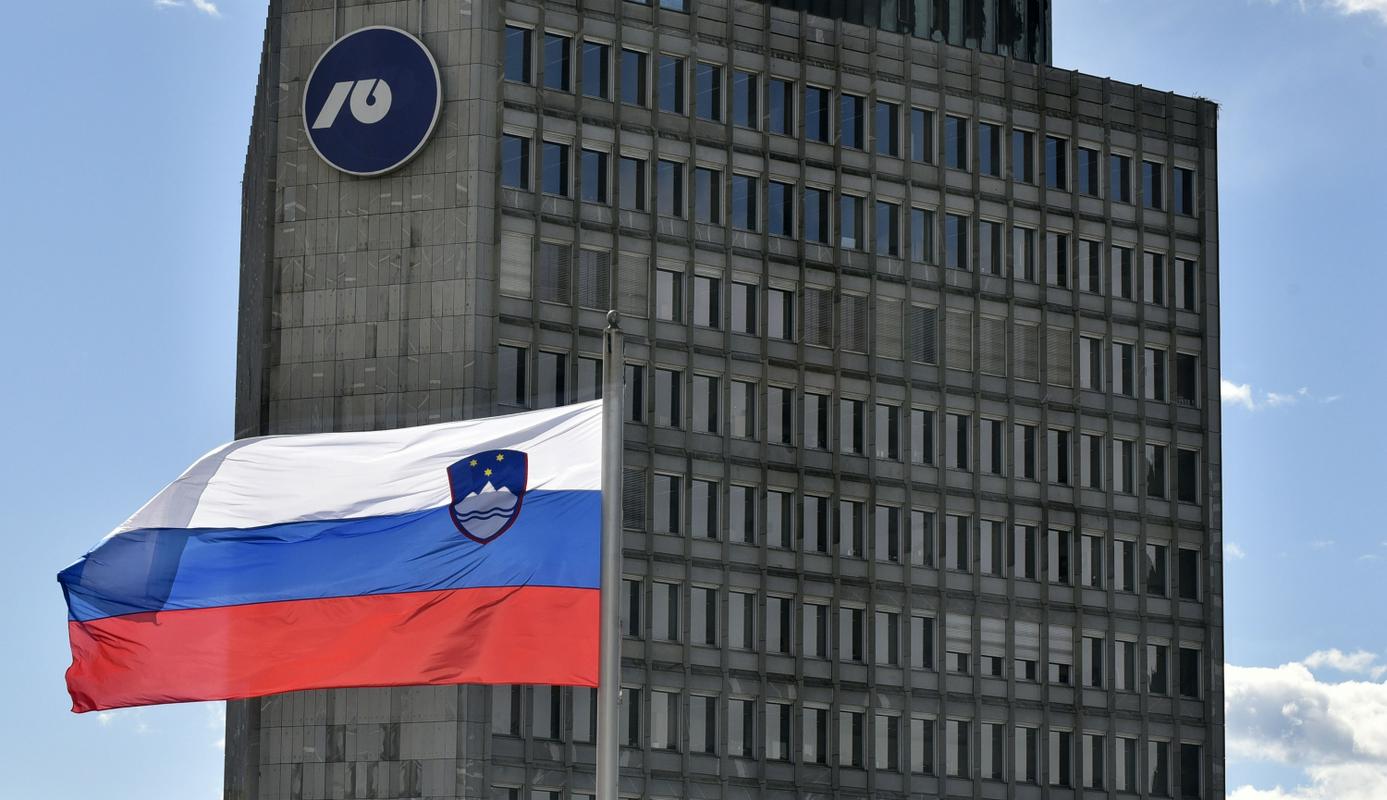A Bank of Slovenia report released on Monday said, however, that the risks in the past six months have not changed sufficiently to endanger the country's financial stability.
Slovenia narrowly avoided an international bank bailout in 2013 when the government poured more than 3 billion euros ($3.7 billion) into its local lenders to prevent them from collapsing under a large amount of bad loans.
The net interest margin for Slovenia's banking sector, which remains about 45 percent government controlled, fell to 1.82 percent in September, its lowest rate ever.
"The rising imbalance between the maturity of banks' investments and banks' sources of income presents a risk to stability of their financing which could strongly increase in case of shocks in the financial and real sectors of the economy," the central bank said.
"The fast growth of prices on the real estate market is also calling for attention regarding possible increase of excessive risks that could threaten the stability of the banking and the financial systems," it added.
Banks have raid their lending standards in the past years which is why rising real estate prices are not a high risk at present, while lending risks fell in 2017, the central banks said, mainly due to lower bad loans and an improved economy.
"Banks' liquidity in 2017 was favourable... banks remain strong regarding their capital adequacy," it said.
Slovenia returned to growth a year after rescuing its banks and the government expects exports and investments to drive 3.9 percent growth this year versus 4.4 percent in 2017.
Strong economic growth has resulted in a rise in real estate prices with the price of flats up by over 6 percent year-on-year in the first half of 2017 according to the national Surveying and Mapping Authority.
Some of the biggest banks in Slovenia are still state-owned, with the remainder mostly owned by foreign banks and investors, including U.S. investment firm Apollo Global Management, France's bank Societe Generale, Italy's Unicredit and Intesa Sanpaolo, Russia's Sberbank and Austria's Sparkasse and Addiko Bank.


































































